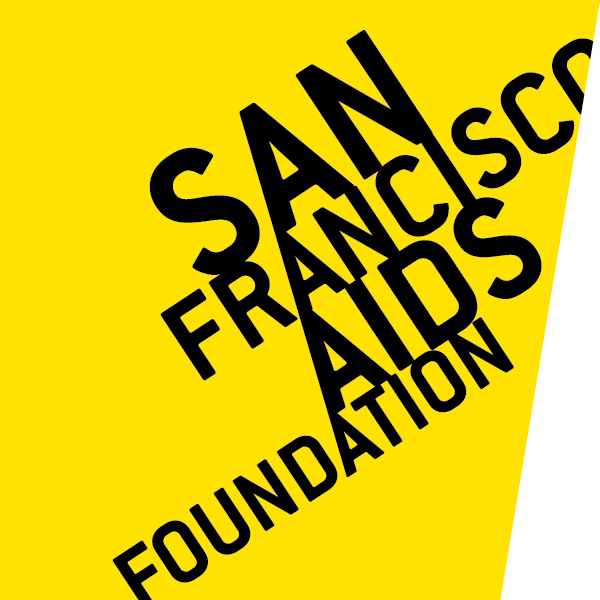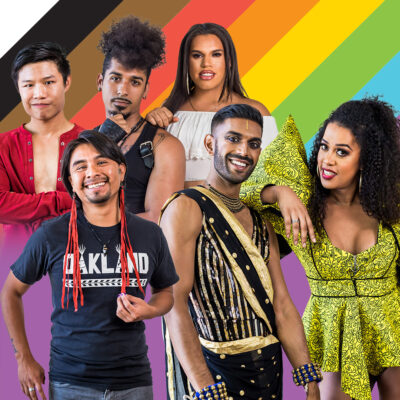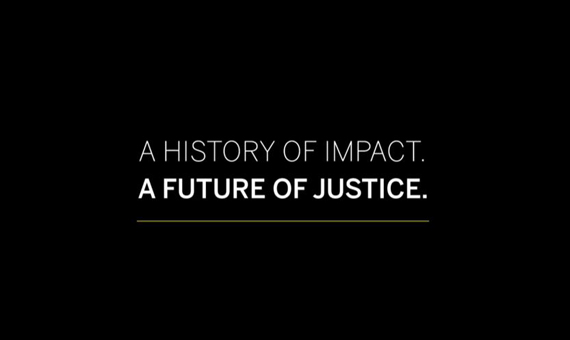What is health justice?
In our vision statement, we state that our work will help create a future where health justice is achieved for all people living with or at risk for HIV. But what is “health justice” exactly?
As it relates to our work, health justice is the result of everyone having what they need to live well with HIV, to prevent HIV, to prevent or cure hepatitis C, to prevent drug overdoses, and more.
Health justice is more than equality in health: It is about lessening the existing gaps in who has access to health. The health “disparities” that we see for people of color, people with less access to wealth, people who use substances and others will not exist when we achieve health justice.
If you think about who has access to “health” now, what comes to mind? Who gets to be healthy in our society—and who gets left behind?






